One of the dozens of police officers injured during the U.S. Capitol riot testified Wednesday that he didn’t punch or instigate a fight with a man in the mob, a retired New York City police officer charged with attacking the officer.
Thomas Webster, whose trial on an assault charge started this week, claims he was acting in self-defense when he tackled Metropolitan Police Department officer Noah Rathbun outside the Capitol on Jan. 6, 2021.
Rathbun said he reached out with an open left hand and pushed Webster in the face after the New York man shoved a bike rack at him. Rathbun said he was trying to move Webster back from a security perimeter that he and other officers were struggling to maintain behind rows of bike racks.
“I just think it’s unfortunate to be in the nation’s capital and be treated like that by another citizen,” Rathbun said during the second day of Webster’s trial.
Webster’s trial is the first among dozens of Capitol riot defendants charged with assaulting police on Jan. 6, 2021. His trial is the fourth before a jury and the sixth overall.
Assistant U.S. Attorney Brian Kelly showed jurors five videos that captured the encounter between Webster and Rathbun from different angles, including a close-up view from the body camera on Rathbun’s chest.
The videos show Webster shoving a bike rack at Rathbun before swinging the flag pole at the officer in a downward chopping motion, striking a metal barricade in front of the officer. After Rathbun grabbed the broken pole and retreated, Webster charged at the officer and tackled him to the ground.
Rathbun said he started choking and couldn’t breathe when Webster grabbed his gas mask and the chin strap pressed against the officer’s neck.
“That’s not a position that anyone wants to be in,” Rathbun said.
Webster’s lawyer, James Monroe, told jurors during the trial’s opening statements on Tuesday that Rathbun “started this whole thing” by punching Webster. Monroe asserts that a video shows Webster making a motion with his arm to goad Webster into fighting.
“That was a motion to back up,” Rathbun said during the defense lawyer’s cross-examination. “That wasn’t a motion to move forward.”
Rathbun’s body camera captured Webster shouting profanities and insults at the officer before they made any physical contact. Rathbun said it would never be permissible for him to hit somebody in response to verbal abuse.
Webster was carrying a U.S. Marine Corps flag on a metal pole on Jan. 6. Rathbun said he noticed that other people in the mob were carrying signs expressing support for police.
“But the things they were saying were clearly hostile,” he added.
Webster faces six counts, including a charge that he assaulted Rathbun with a dangerous weapon, a metal flag pole. He isn’t accused of entering the Capitol on Jan. 6.
Rathbun took a deep breath and briefly paused when Kelly asked him how he feels about the incident more than a year later.
“I think it’s sad,” he said. “This whole incident is tragic, but I try not to think about it.”
Rathbun reported a hand injury from a separate encounter with a rioter inside the Capitol’s Rotunda. He didn’t report any injuries caused by Webster, but jurors saw photos of leg bruises that Rathbun attributed to his confrontation with the retired officer.
A Metropolitan Police Department detective, Jonathan Lauderdale, said Rathbun initially didn’t recall his encounter with Webster when he asked him about the incident. Rathbun said seeing the body camera video refreshed his memory.
Webster retired from the NYPD in 2011 after 20 years of service. His department service included a stint on then-Mayor Michael Bloomberg’s private security detail. He served in the U.S. Marine Corps from 1985 to 1989 before joining the NYPD in 1991.
More than 780 people have been charged with riot-related federal crimes. The Justice Department says over 245 of them have been charged with assaulting or impeding law enforcement.
The first three Capitol riot defendants to get a jury trial were convicted of all charges in their respective indictments.
In a pair of bench trials, a different federal judge heard testimony without a jury before acquitting one defendant and partially acquitting another.
(AP)

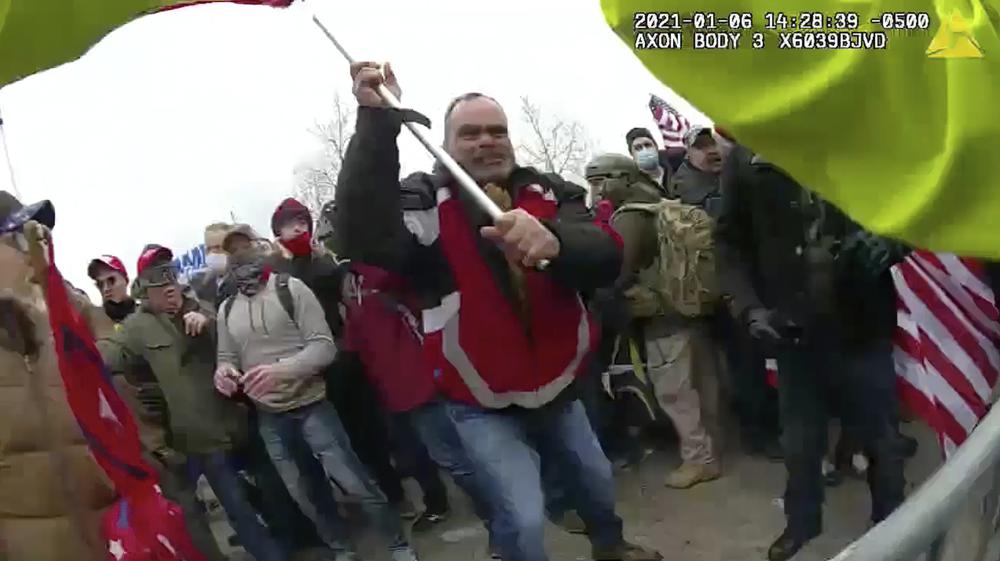
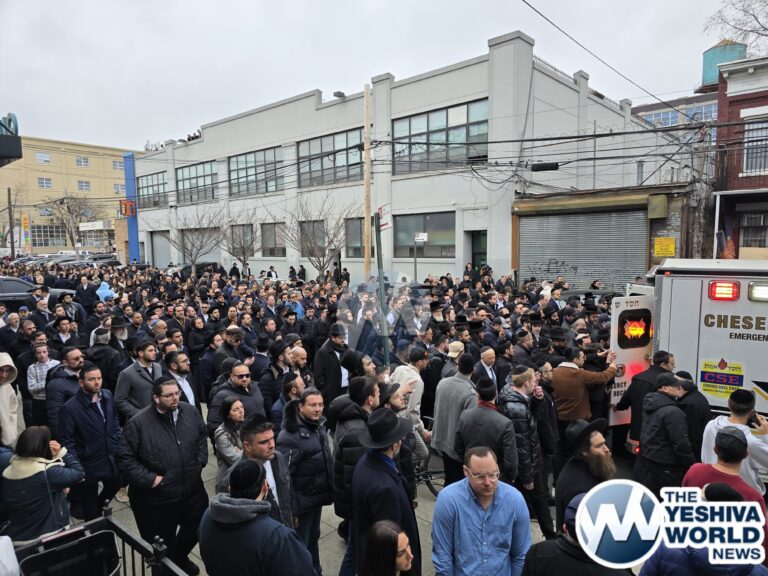

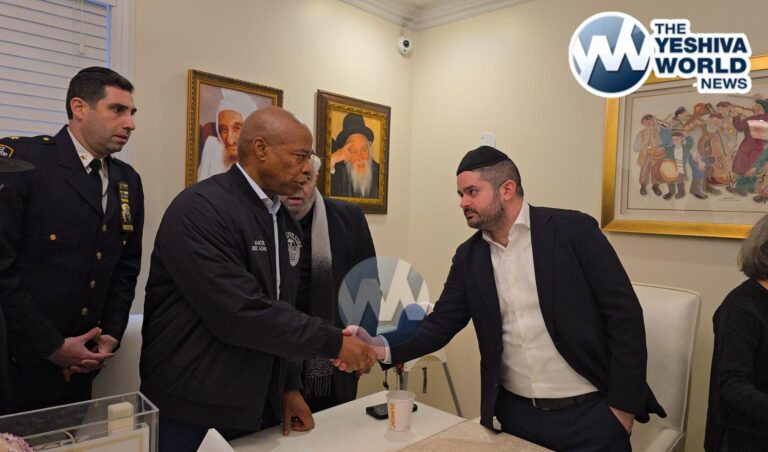
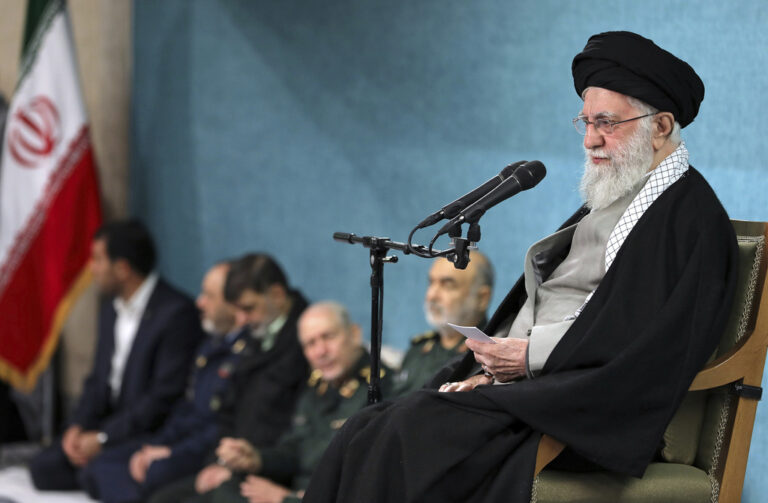

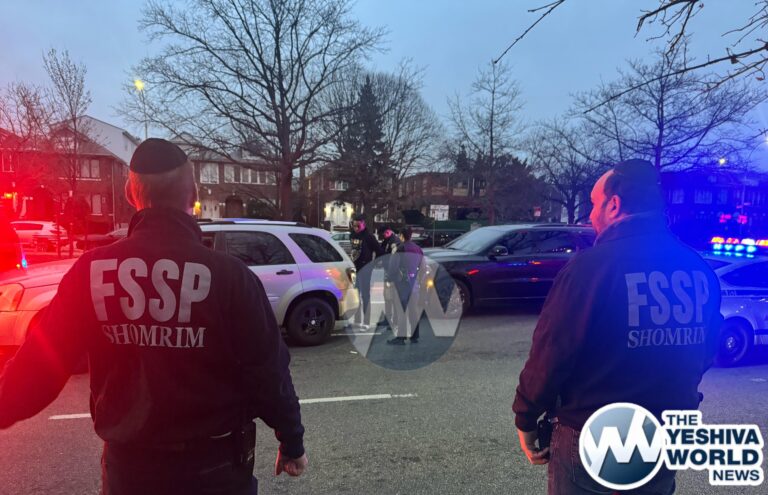


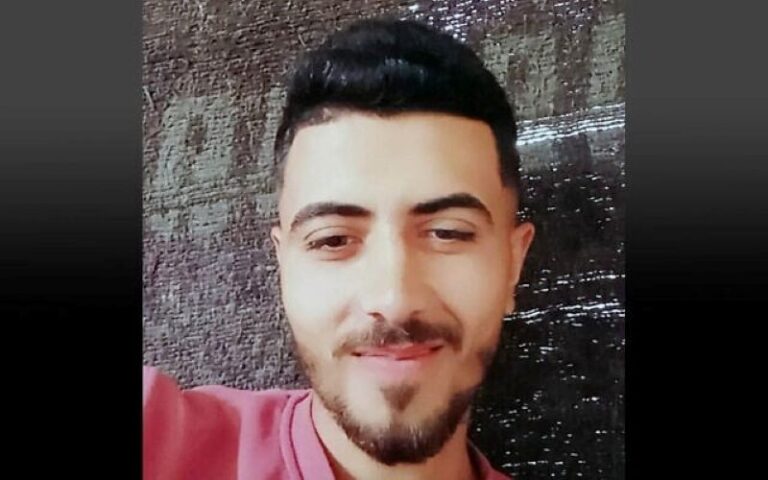

One Response
Convict and lock up this evil insurrectionist!